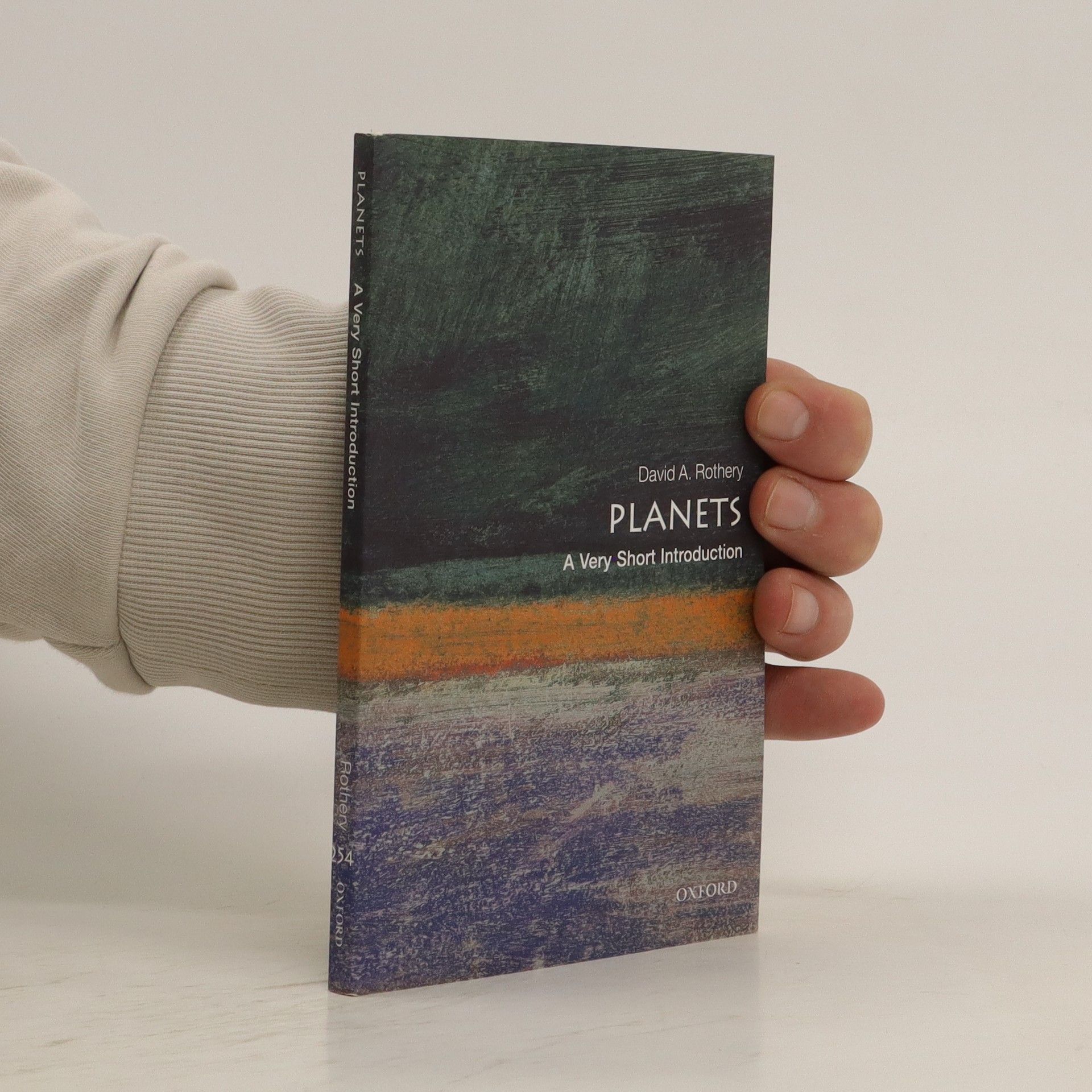This Very Short Introduction discusses the nature of planets and gas giants, and their rings and moons. It also looks beyond Pluto, in the Kuiper Belt, at the knowledge we have about planets around other stars. With many striking photos to illustrate the details, it demonstrates the unique world of every planet.
David A. Rothery Libros
David Rothery es Profesor de Geociencias Planetarias. Su investigación profundiza en la geología y los procesos que dan forma a otros planetas y lunas dentro de nuestro sistema solar. Se esfuerza por hacer que los conceptos científicos complejos sean accesibles a una audiencia más amplia a través de su escritura. Su trabajo ofrece una mirada cautivadora al cosmos y nuestro lugar en él.


A core introduction to geology and the structure of the earth.